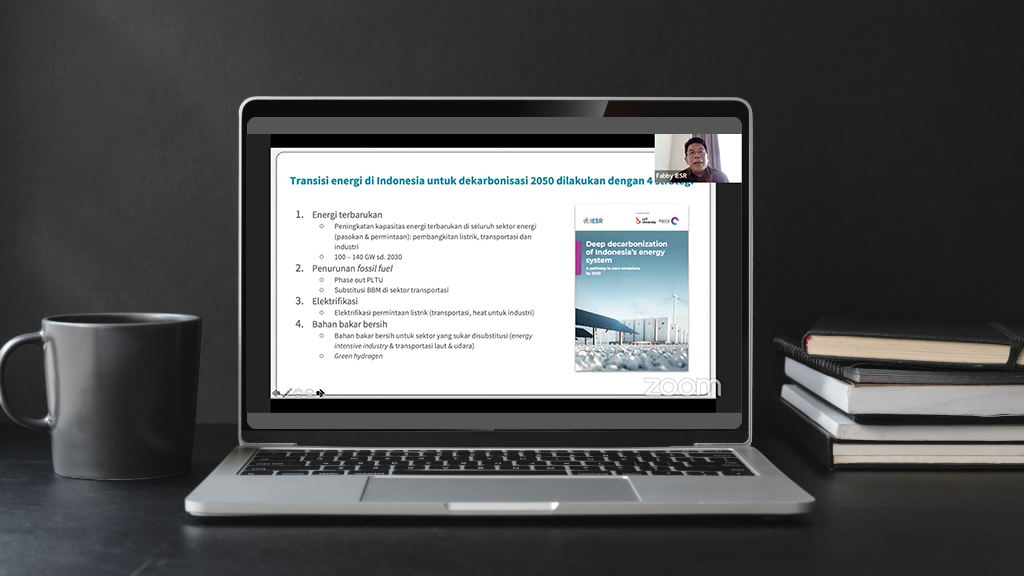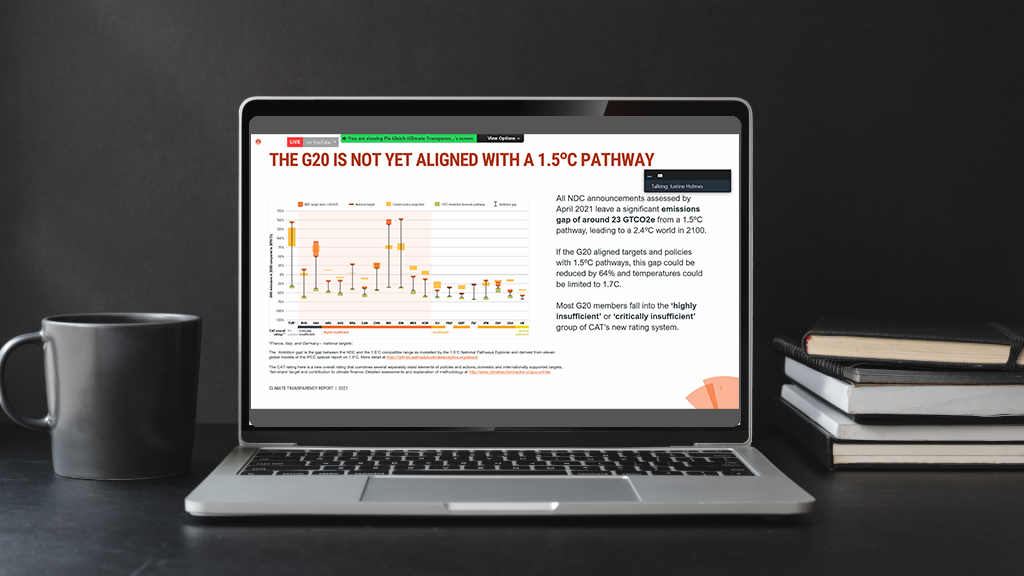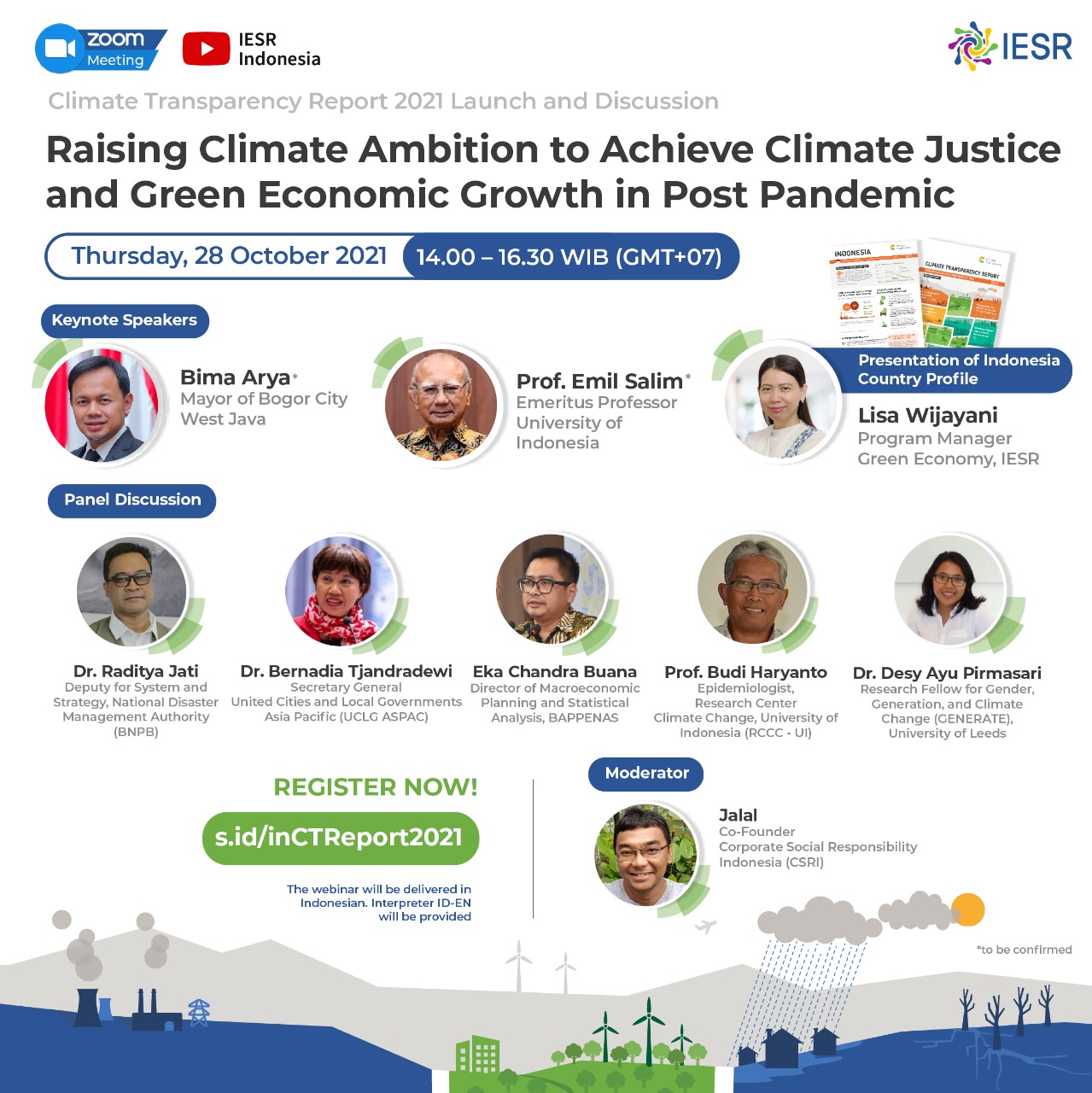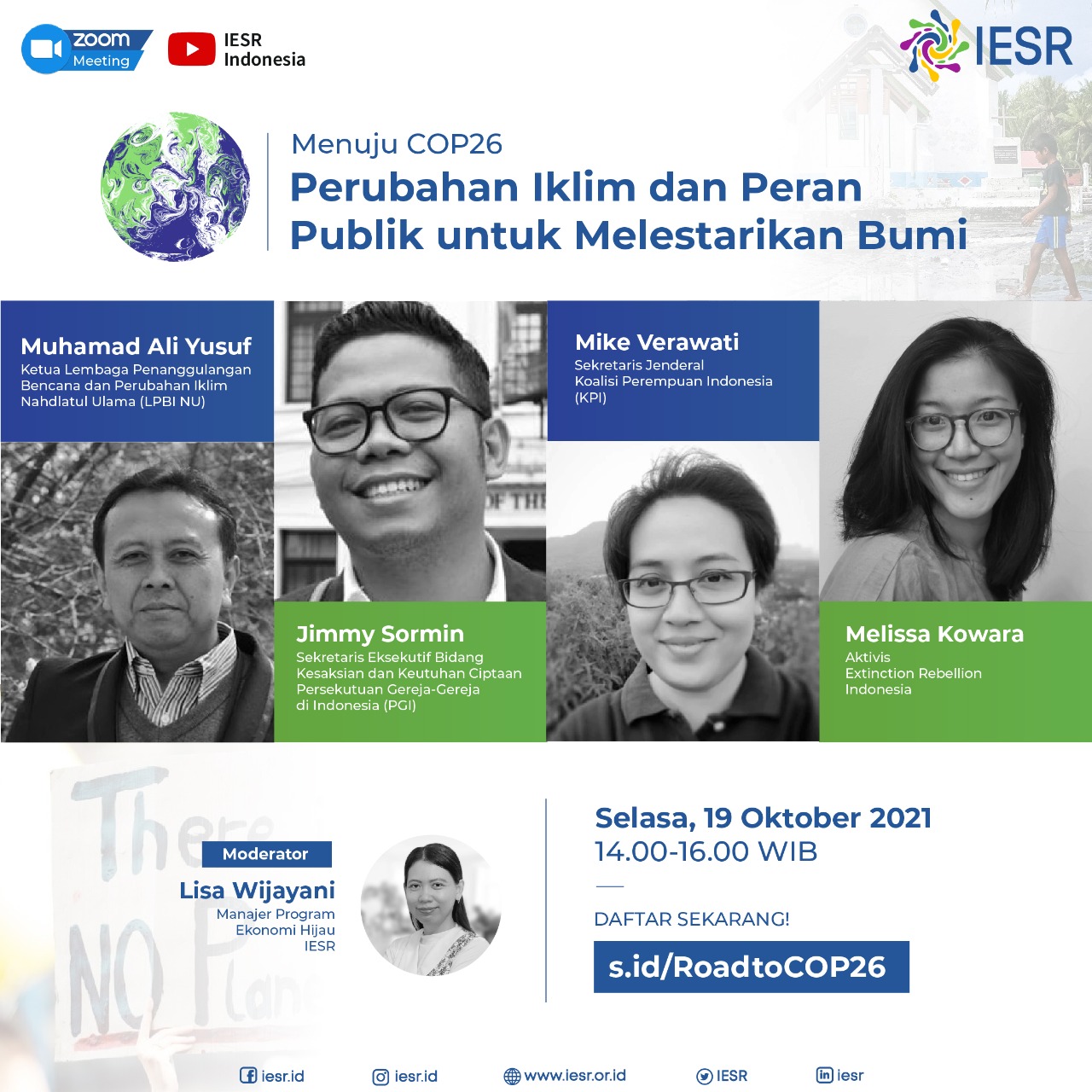Jakarta, 14 December 2021 - 2021 is considered as a progressive period marked by a number of important events and the birth of various commitments aimed to reduce the impact of climate change. A number of heads of state in the world are competing to show their leadership in dealing with climate change. This is…








